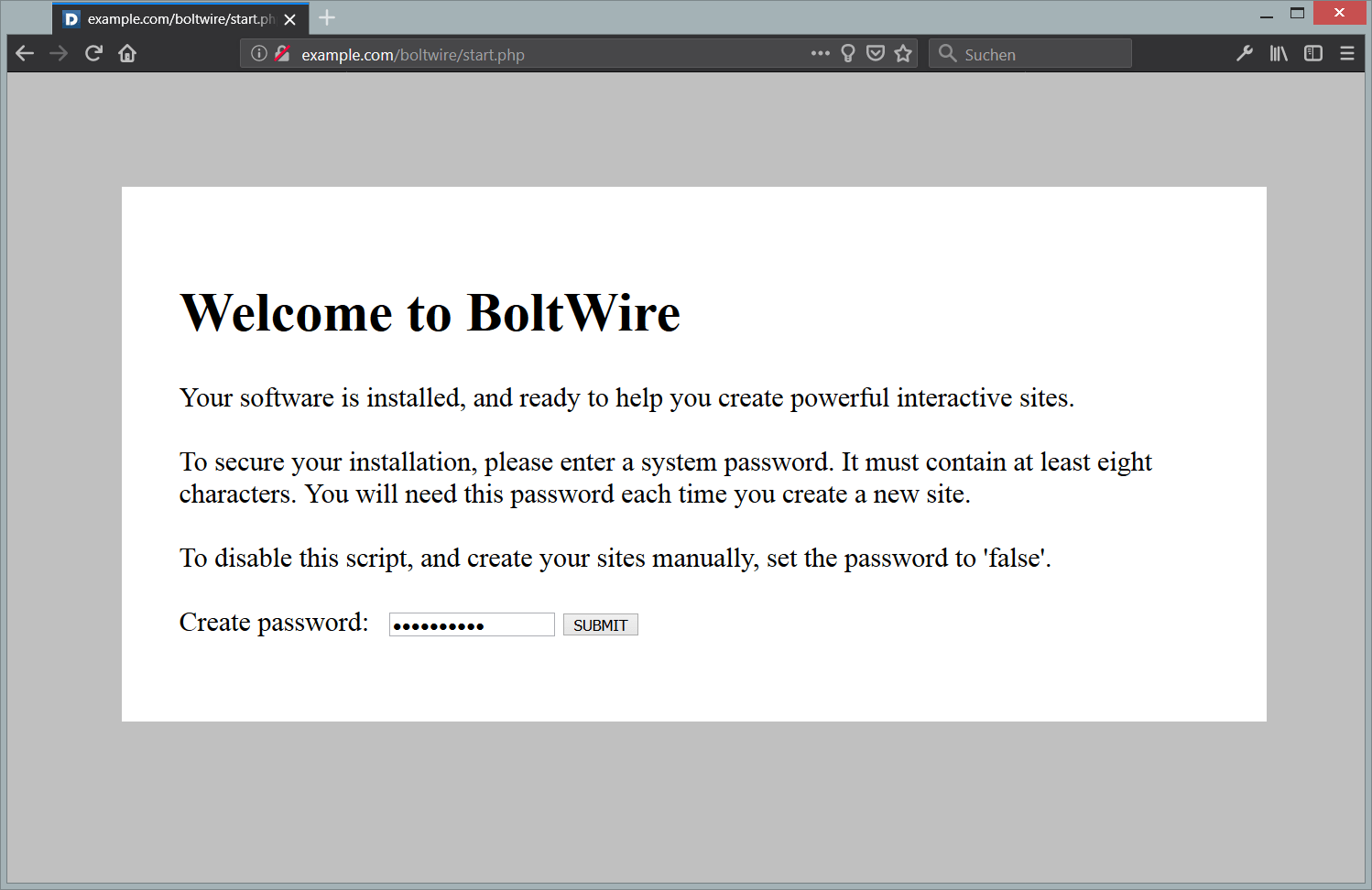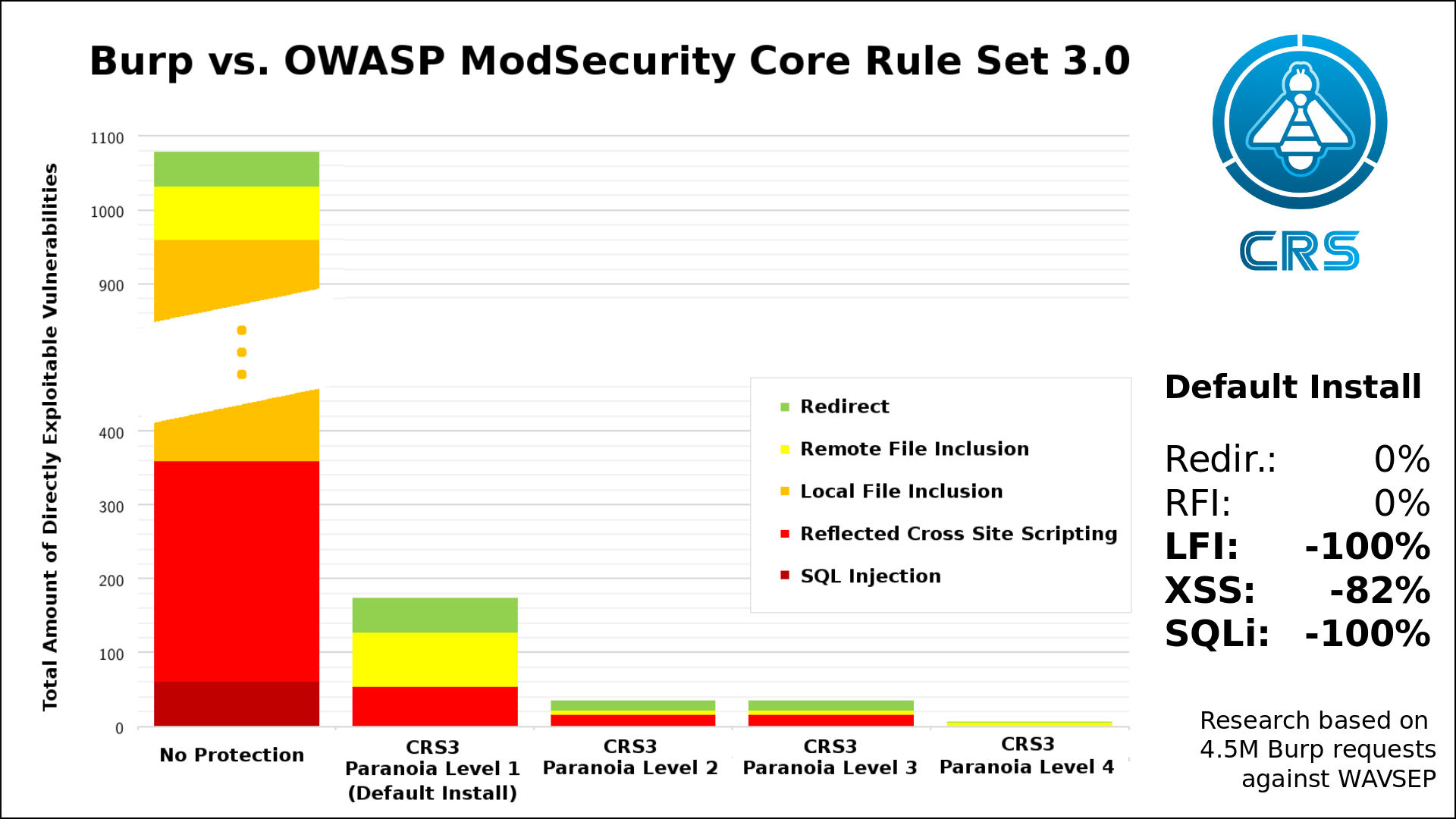SHOUTcast server is an audio server which some stations and musicians use to stream their content to the world wide audience. This tutorial assumes that your server is running CentOS 6 with a 32-bit architecture and logged in as a root user. It also assumes that your operating system already has a text editor built-in with either nano or vi. In this tutorial we are going to use the nano text editor, due to its simplicity and ease of use.
An important thing to note is that the SHOUTcast server does not need installation, thus making the tutorial far easier for beginners who want to stream their content online. The tutorial will use the old version of SHOUTcast, (Version 1.9.8), due to its stability and wide support.
Downloading and Configuring the SHOUTcast server.
Install screen. This ensures the server will still run, even if you disconnect from the ssh session.
yum install screen
Start a screen session.
screen
Create a directory for the SHOUTcast files.
mkdir shoutcast
Go to the newly created directory.
cd shoutcast
Download the SHOUTcast server.
wget http://mirror.lchost.net/download.nullsoft.com/shoutcast/tools/sc_serv_1.9.8_Linux.tar.gz
Extract the downloaded tar.gz file.
tar -zxvf sc_serv_1.9.8_Linux.tar.gz
Modify the SHOUTcast configuration file. This is done by modifying the sc_serv.conf file that is included in the extracted tarball.
nano sc_serv.conf
Inside the configuration file, we will edit only a few fields in the “Required Stuffs” section, the other fields of the configuration file should be kept in-tact and unmodified, to avoid problems with the SHOUTcast server.
Find and edit the key fields called MaxUser=, password= and portbase=. Here is a simple explanation of their functions.
MaxUser=indicates the number of allowed connections on the stream, depending on the bandwidth allocation of the server. This should be set to your own preference.password=is an authentication required to connect the source through the server, as well as to perform administration via the web interface. This ensures the security of your stream and avoids unwanted source connections to the server.portbase=is the IP port your server will run on. The default port for the server is8000, but if you have some applications that are running on the same port, consider changing this field, otherwise the server will not start. However, if you don’t have applications that are running on the same port, modification of this field is not necessary.
After editing the necessary fields. Save the configuration file by pressing “Ctrl + O” on your keyboard, followed by “Ctrl + X” to exit the nano text editor.
Running the SHOUTcast server
After checking and modifying the configuration file, start the SHOUTcast server.
./sc_serv sc_serv.conf
Then lastly press “Ctrl + A” and tap the “D” key. That will detach the screen session and allow us to logout while the SHOUTcast server is still running, waiting for a source connection.
That’s it, the server is configured and ready to use. Connect sources like Winamp with Shoutcast DSP or another radio automation software that supports encoding to SHOUTcast.
One thing to keep in mind is that audio streaming can be bandwidth intensive. One or two clients listening to the stream will not require much bandwidth, but 50 or more clients could push a server over its allotted monthly bandwidth. It is a good idea to monitor your bandwidth allocation every week to avoid unexpected financial costs.
Want to contribute?
You could earn up to $300 by adding new articles
Suggest an update
Request an article









